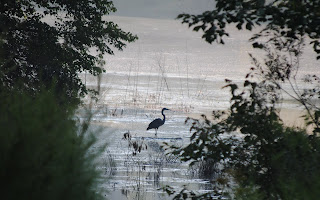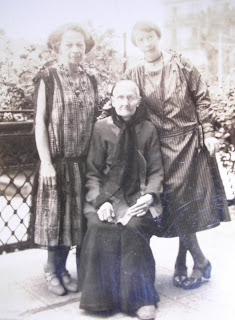 |
| Entrance to The Book Lady |
If you are ever in the Savannah Liberty Street in the Historic District. It is located in the bottom of a building, almost like a basement, but it is cozy and well-stocked. The main room has that comfy reading-room-feel, with a large well-worn sofa and easy chair by a fire place. My husband got the kids some treats while I poked around. I didn’t see the entire refreshment selection, but I know they sell coffee, water, prepackaged biscotti, and out-of-this-world oatmeal chocolate chips cookies (homemade by the store).
As I wandered through the tiny shop, it revealed itself to be a labyrinth of shelves, hallways, and rooms practically spewing books. The front area had a classics section and a regional section, as well as what appeared to be some first editions of better-known authors. One room was dedicated to women’s literature and contemporary bestsellers. The Book Lady had a small but interesting collection of literary criticism, as well as the obligatory shelf or two dedicated to Flannery O’Connor, whose childhood home was just blocks away. The interior staircase had stacks and stacks of books resting on it. What was the effect of all of these books, lying about and covering every wall? I felt blissfully blanketed in spines and pages.
 |
| Sign and shop window (look for the nib) |











